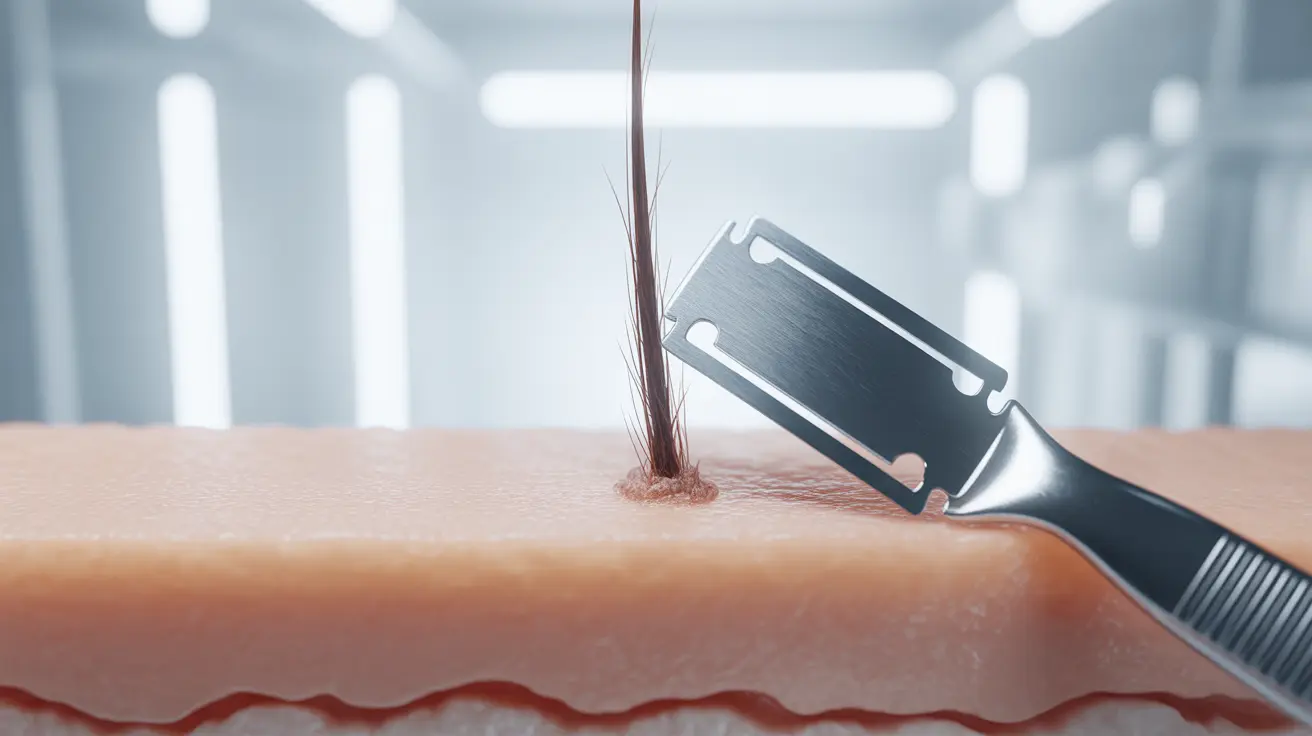Introducing solid foods to your baby's diet is an exciting milestone, and rice cereal has traditionally been a popular first food choice. However, knowing the right time and method to introduce rice cereal is crucial for your baby's health and development.
This comprehensive guide will help you understand when and how to safely introduce rice cereal to your baby's diet, while addressing important concerns about nutrition and safety.
Understanding the Right Time for Rice Cereal
The American Academy of Pediatrics (AAP) recommends waiting until your baby is around 6 months old before introducing solid foods, including rice cereal. This recommendation is based on several important developmental factors and nutritional needs.
Before 6 months, breast milk or formula provides all the nutrition your baby needs. Additionally, younger babies may not have developed the necessary physical abilities to safely consume solid foods.
Signs Your Baby is Ready for Rice Cereal
Look for these key developmental signs that indicate your baby is ready for solid foods:
- Good head and neck control
- Ability to sit upright with support
- Loss of tongue-thrust reflex
- Shows interest in food
- Can move food from front to back of mouth
- Has doubled their birth weight
Safe Introduction Methods
When introducing rice cereal, follow these important guidelines:
- Mix rice cereal with breast milk or formula to create a thin consistency
- Use a small spoon designed for babies
- Start with one feeding per day
- Begin with 1-2 teaspoons and gradually increase amount
- Watch for signs of allergies or intolerance
Proper Preparation Techniques
Always prepare rice cereal according to package instructions. Start with a very thin consistency (almost liquid) and gradually thicken it as your baby becomes more comfortable with eating from a spoon.
Understanding Arsenic Concerns
Rice naturally contains traces of arsenic, which has raised some concerns among parents. To minimize exposure:
- Choose iron-fortified cereals from reputable manufacturers
- Consider alternating rice cereal with other grain cereals
- Don't rely exclusively on rice cereal for solid food introduction
- Follow recommended serving sizes
Bottle Feeding vs. Spoon Feeding
Experts strongly recommend against putting rice cereal in bottles unless specifically directed by your pediatrician. Spoon-feeding helps develop important oral motor skills and prevents overfeeding.
Frequently Asked Questions
When is the right age to start feeding my baby rice cereal?
The recommended age to start feeding rice cereal is around 6 months, when your baby shows signs of developmental readiness and can sit with support.
How do I know if my baby is developmentally ready for rice cereal?
Key signs include good head control, sitting with support, loss of tongue-thrust reflex, showing interest in food, and the ability to move food from the front to the back of the mouth.
What is the safest way to introduce rice cereal to my baby's diet?
Start with a thin consistency mixed with breast milk or formula, use a small spoon, begin with 1-2 teaspoons once daily, and gradually increase amount based on your baby's interest and tolerance.
Are there any risks of arsenic exposure from feeding my baby rice cereal?
While rice can contain trace amounts of arsenic, you can minimize exposure by choosing iron-fortified cereals from reputable manufacturers and alternating rice cereal with other grain cereals.
Can I feed rice cereal in a bottle, or should I use a spoon?
Spoon-feeding is strongly recommended over bottle-feeding rice cereal. This helps develop proper eating skills and prevents overfeeding. Only add cereal to bottles if specifically recommended by your pediatrician.




